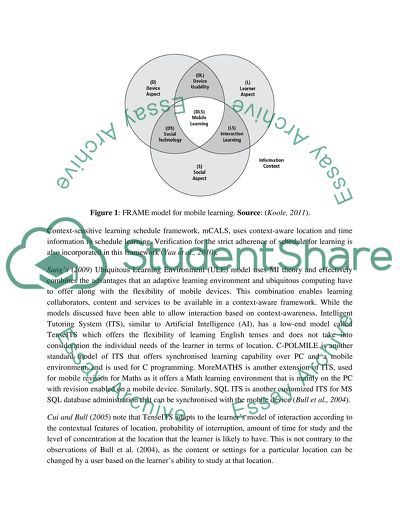Cite this document
(“Designing an Daptive Mobile Learning Using Multiple Intelligence (MI) Dissertation”, n.d.)
Designing an Daptive Mobile Learning Using Multiple Intelligence (MI) Dissertation. Retrieved from https://studentshare.org/information-technology/1432409-designing-an-daptive-mobile-learning-using
Designing an Daptive Mobile Learning Using Multiple Intelligence (MI) Dissertation. Retrieved from https://studentshare.org/information-technology/1432409-designing-an-daptive-mobile-learning-using
(Designing an Daptive Mobile Learning Using Multiple Intelligence (MI) Dissertation)
Designing an Daptive Mobile Learning Using Multiple Intelligence (MI) Dissertation. https://studentshare.org/information-technology/1432409-designing-an-daptive-mobile-learning-using.
Designing an Daptive Mobile Learning Using Multiple Intelligence (MI) Dissertation. https://studentshare.org/information-technology/1432409-designing-an-daptive-mobile-learning-using.
“Designing an Daptive Mobile Learning Using Multiple Intelligence (MI) Dissertation”, n.d. https://studentshare.org/information-technology/1432409-designing-an-daptive-mobile-learning-using.


